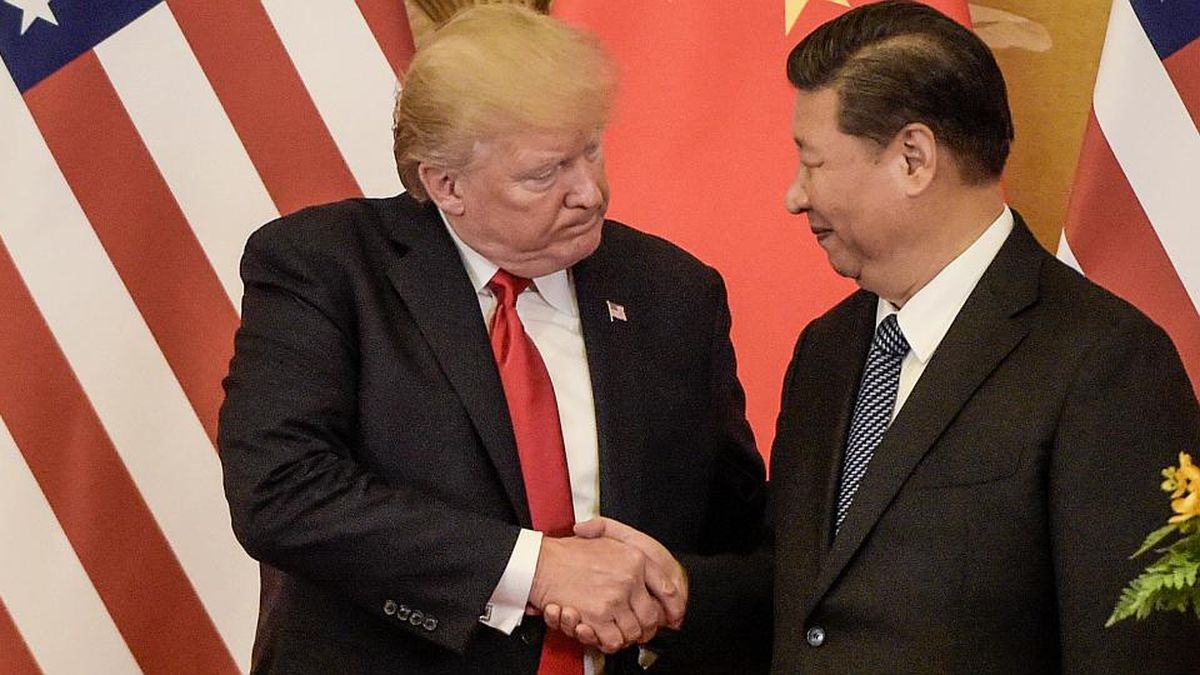After the diesel and corona crisis, Audi is now selling and earning brilliantly again. But the outlook is less rosy: The problem with the missing semiconductors is growing.
After a record profit in the first half of the year, Audi expects more headwinds in the second half of the year due to a lack of semiconductors and increased raw material prices.
CFO Jürgen Rittersberger said on Friday in Ingolstadt: “We are still optimistic, but no longer expect such a strong result.” The situation remains “challenging”.
In the first half of the year, the VW subsidiary had sold 982,000 cars, setting a new record. Sales rose by 43 percent to 29.2 billion euros compared to the previous year, which was marked by Corona. A profit of 3.875 billion euros was generated before taxes – the highest half-year profit in the company’s history. The operating return on sales reached the upper end of the target corridor at 10.7 percent. For the year as a whole, however, Rittersberger only expects between 7 and 9 percent.
Audi was still able to manage the semiconductor supply very well in the first half of the year and used inventories. Even so, tens of thousands of cars – “a medium five-digit number” – were not built due to missing chips. “We will only be able to make up some of this in the second half of the year,” said the CFO. In the meantime, supplies are scarce. Above all, the current third quarter is strongly influenced by the semiconductor shortage: In August and September there could be further production losses and short-time work. Where possible, the chips would be installed in vehicles with the highest profit contribution and the lowest CO2 emissions. Talk to customers because of the waiting times.
The raw material and currency hedging at Audi had a positive impact of half a billion euros in the first half of the year. “We won’t see that again in the second half of the year,” said Rittersberger. The prices for aluminum, nickel and copper are in some cases at record highs and should remain there in the near future.
In the first half of the year, the high demand, particularly for SUV models in China and the USA, increased sales. This ensured stable prices without large discounts. For the year as a whole, Audi expects unit sales and revenue to be “well above the previous year’s level”. However, 2020 was marked by global lockdowns.
The CFO sees Audi on schedule with the austerity programs. By the end of 2020, 2,400 jobs had been cut, and around 500 more by July. By the end of 2023, a total of 9,500 will be eliminated, but at the same time 2,500 new jobs will be created in future fields.
Every twelfth Audi sold in the first half of the year was an electric car or plug-in hybrid. In terms of earnings, the e-cars should catch up with the combustion engines in two to three years, said Rittersberger. On the one hand, the combustion engines would be more expensive. On the other hand, battery-powered cars with larger sales figures and further technical developments would become cheaper. Audi aims to have 20 fully electric models on the market by 2025. After 2033, combustion engines will only be built in China.
Jane Stock is a technology author, who has written for 24 Hours World. She writes about the latest in technology news and trends, and is always on the lookout for new and innovative ways to improve his audience’s experience.




